Remaining Vigilant in the Lung Cancer Fight
- 18 November 2021
- Blog
eClinicalWorks
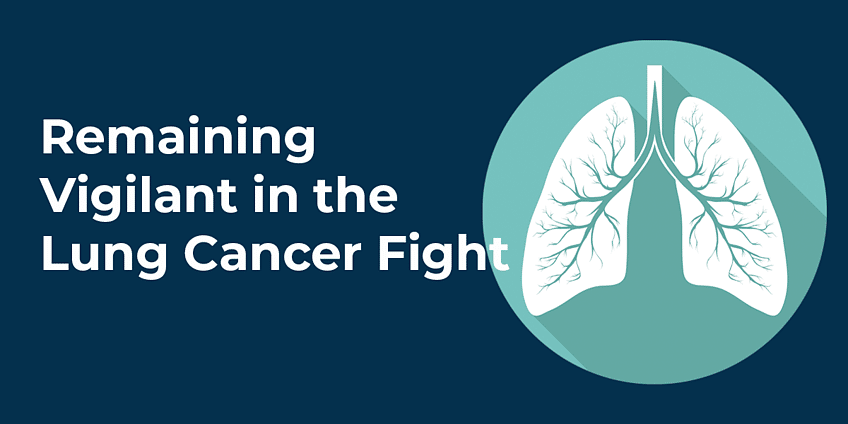
While lung cancer remains the leading cause of cancer deaths in the U.S., the death rate has steadily declined for more than 30 years, thanks to increased screening, early detection, and improvements in treatment.
In addition, an overall decline in smoking — in 2018, just 13.7% of Americans were smokers — has also played a key role in reducing the incidence of lung cancer.
Despite those positive trends, there is no place for complacency in the fight against a leading cause of death among Americans. November is Lung Cancer Awareness Month, an annual effort by the American Lung Association to raise awareness and improve screening rates.
Lung cancer can affect anyone
Smoking is well established as a leading risk factor for the development of lung cancer, but up to 20% of lung cancer deaths each year are people who either never smoked or report having smoked fewer than 100 cigarettes in their life.
Other risk factors include exposure to second-hand smoke, asbestos, radon, and other environmental hazards.
That’s why individuals who experience symptoms such as a persistent cough or shortness of breath should seek medical care and abide by a physician’s recommendations, which may include a screening for lung cancer.
That is particularly important given that during the COVID-19 pandemic, many people put off regular health checkups.
Massachusetts General Brigham, for example, among the largest healthcare systems in the Northeastern United States, recorded a sharp drop in cancer screenings during the first three months of the pandemic in 2020.
Great tools mean great results
For the past few years, new lung cancer treatments and immunotherapies have played a part in the increased survival rate of those diagnosed with lung cancer. Another area that has aided in the fight against the disease is ever-improving healthcare IT technology.
For example, with the help of the eClinicalWorks® EHR, providers at Compass Medical were able to screen over 2,000 patients at risk for lung cancer, detecting and treating cancer in 19 patients.
“Our ability to do that work is aided by the systems that we’ve set up, the questionnaires, the templates, the Order Forms. We then track and follow these patients carefully over time because they have to have annual scans,” said Dr. Michael Myers, Chief Medical Officer for the practice.
Healthcare IT tools for 2022 and beyond
Throughout 2020 and 2021, COVID-19 forced deep changes in the way providers practiced healthcare and how people lived their lives. But the wide availability of telehealth solutions and tools for safe, contactless check-in has helped practices rebuild the volume of patient visits they enjoyed prior to the pandemic.
As we enter 2022, practices and patients — even those with chronic illness — can be confident that their office visits will be safe.
Are you interested in learning more about the comprehensive tools that eClinicalWorks and healow® offer?
Related Post

- 9 January 2025
- Blog
Unveiling Trends Set to Transform Healthcare in 2025

- 15 February 2024
- Blog
AI Medical Scribes in Remote Healthcare Services

- 6 February 2024
- Blog
Priority One for 2024: Staying Focused on Patients

- 7 November 2023
- Blog
Embracing Technology for Startup Weight Loss and Medical Spa Clinics

- 27 September 2022
- Blog
Back to School — for Your Practice, Too!

- 21 June 2022
- Blog
Dermatology Made Easier This Summer
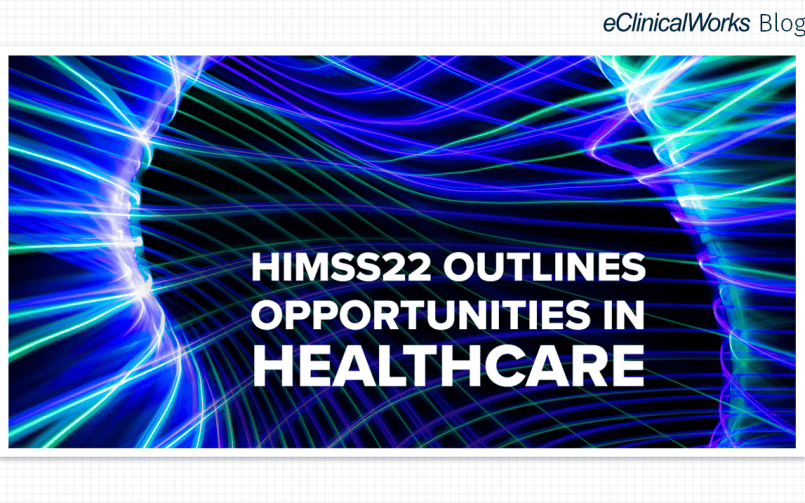
- 25 March 2022
- Blog
HIMSS22 Outlines Opportunities in Healthcare

- 17 February 2022
- Blog
Defense Matters: Keeping Remote Medicine Safe
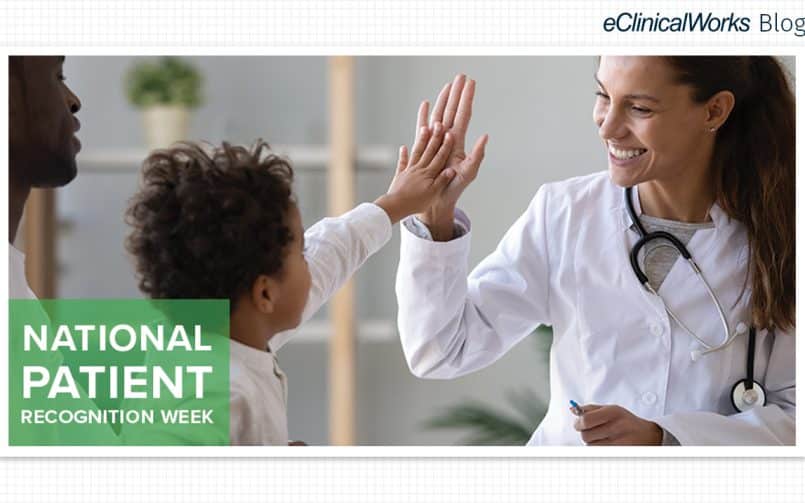
- 1 February 2022
- Blog
One Key for 2022: Staying Focused on Patients
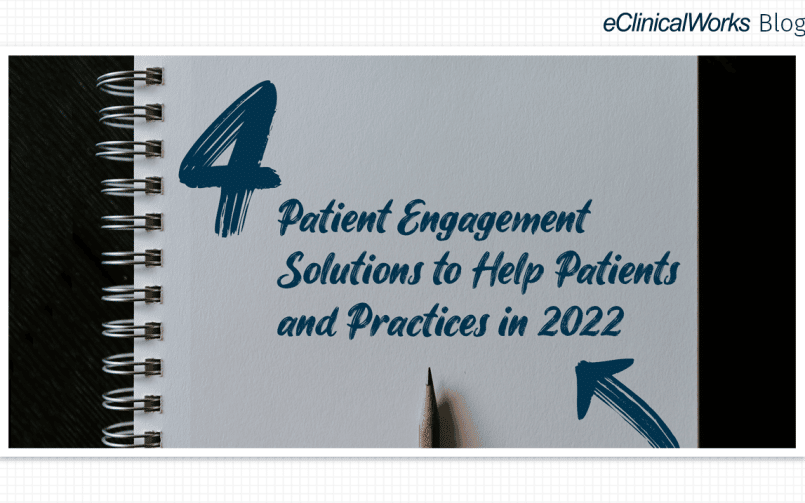
- 28 January 2022
- Blog
4 Patient Engagement Solutions to Help Patients and Practices in 2022

- 25 January 2022
- Blog
The Right Tools During Challenging Times
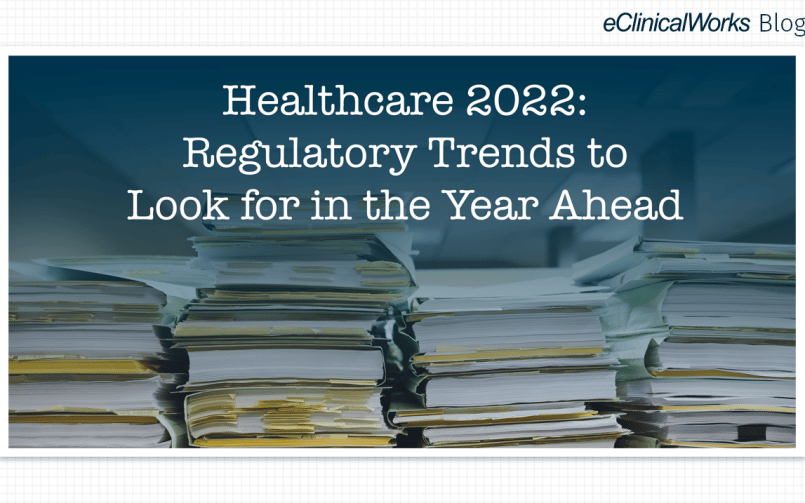
- 19 January 2022
- Blog
Healthcare 2022: Regulatory Trends to Look for in the Year Ahead

- 15 December 2021
- Blog
Meeting Staffing Needs: Looking Beyond COVID-19
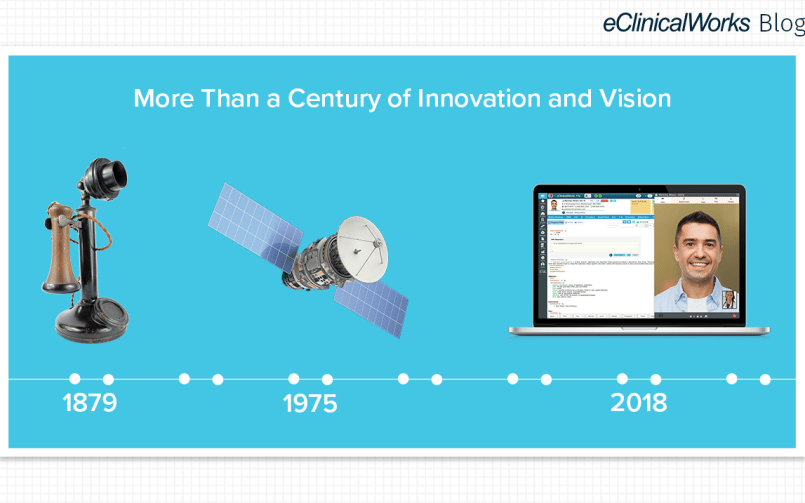
- 4 November 2021
- Blog
Telehealth Is Long-Established Science Fact
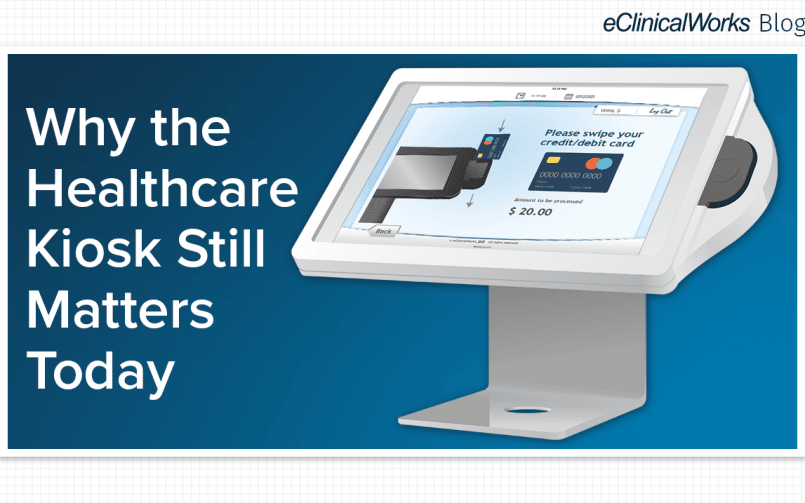
- 28 October 2021
- Blog
Why the Healthcare Kiosk Still Matters Today
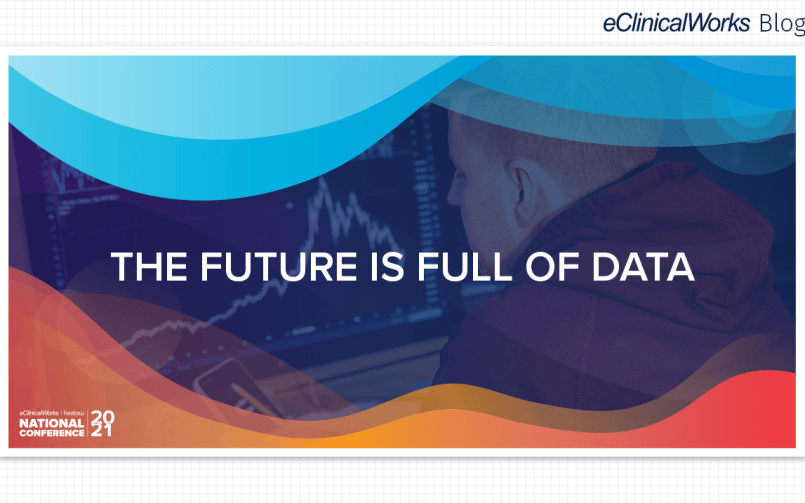
- 26 October 2021
- Blog
2021 National Conference: Opening a New Chapter in Healthcare IT
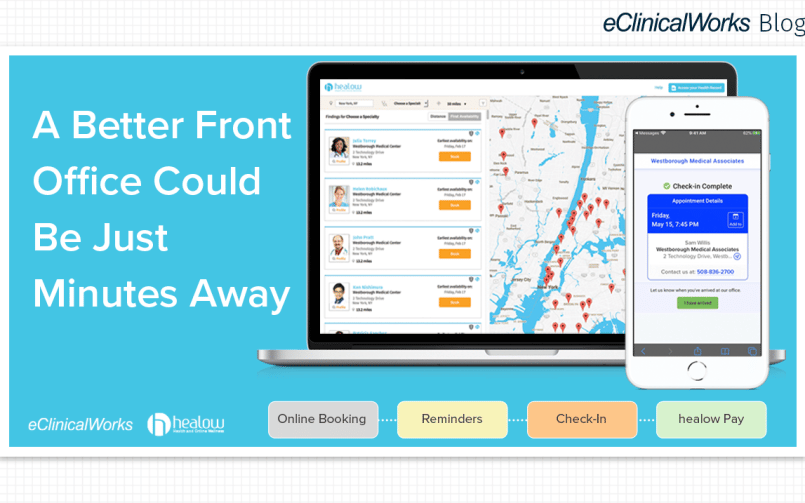
- 21 September 2021
- Blog
A Better Front Office Could Be Just Minutes Away

- 2 September 2021
- Blog
It’s Time for a Better Check-in Solution
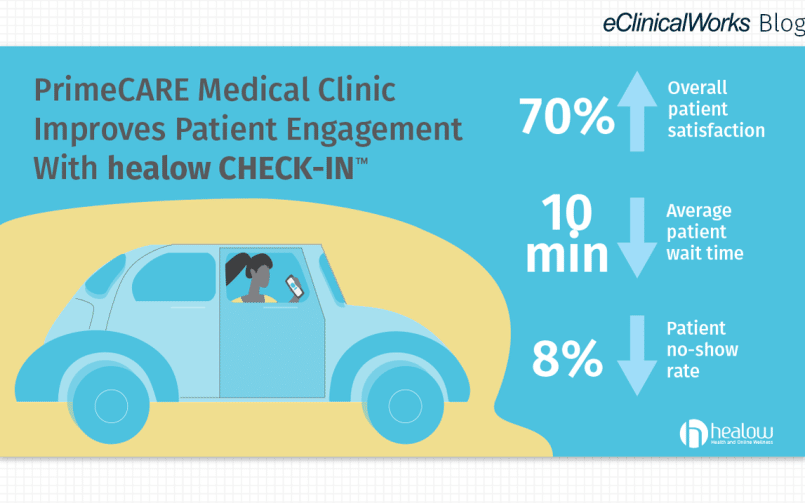
- 24 August 2021
- Blog
In Healthcare, First (and Last) Impressions Matter
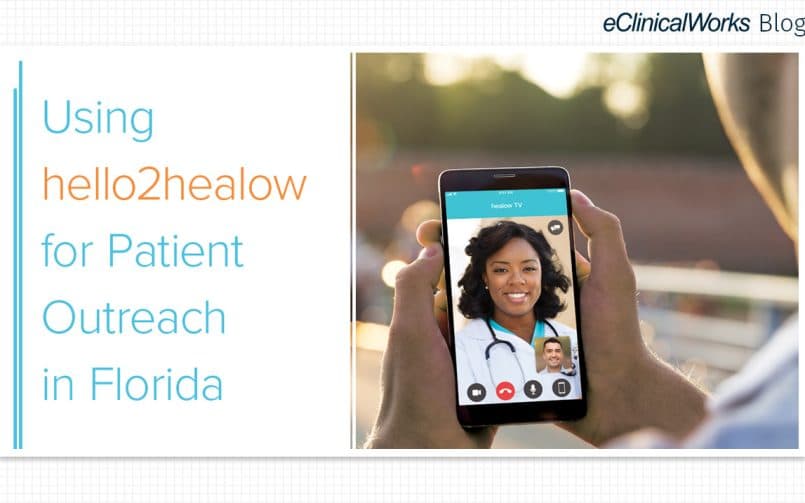
- 12 August 2021
- Blog
Using hello2healow for Patient Outreach in Florida

- 27 May 2021
- Blog
When Neurological Care Cannot Wait
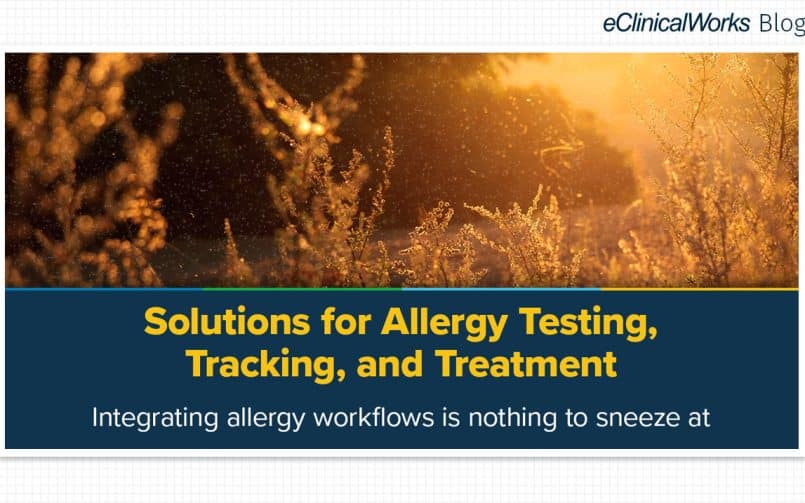
- 20 May 2021
- Blog
Solutions for Allergy Testing, Tracking, and Treatment
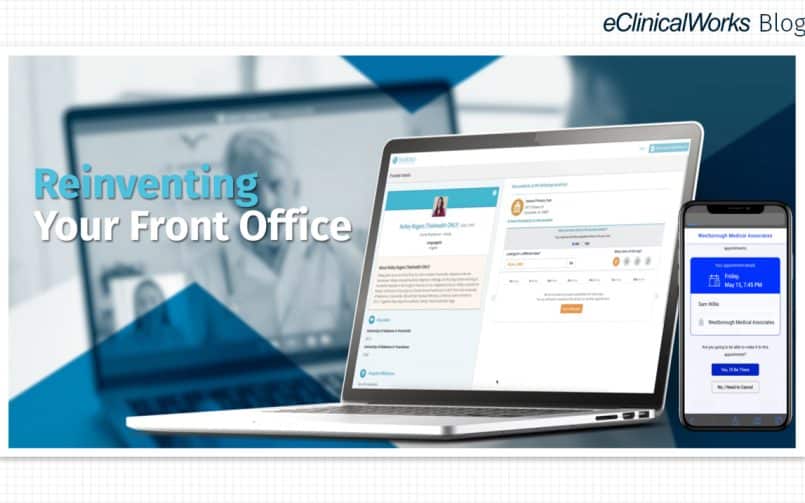
- 16 March 2021
- Blog
A Partner for Reinventing Your Practice
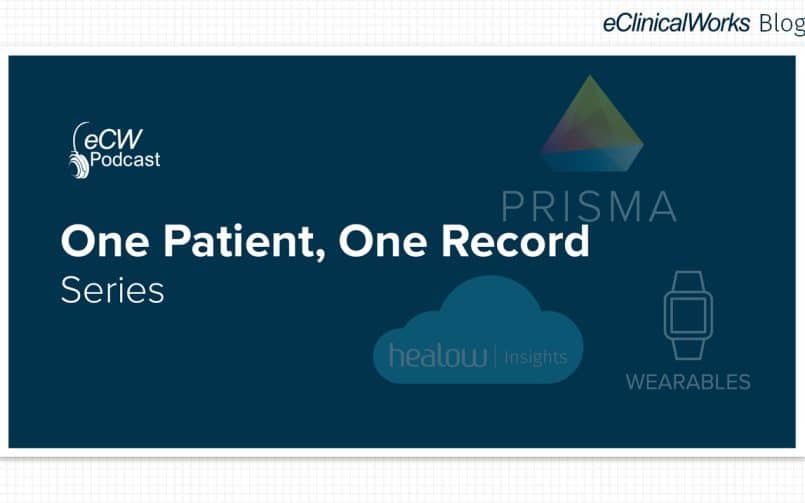
- 2 March 2021
- Blog
What it Takes to Better Know Your Patients
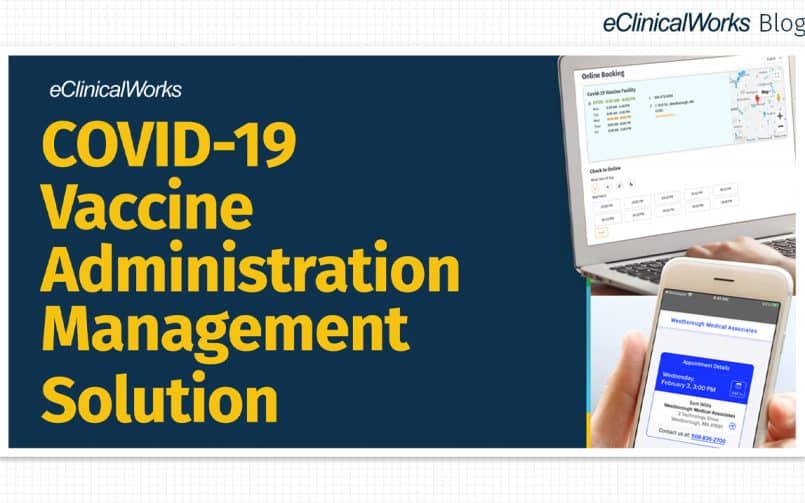
- 25 February 2021
- Blog
Meeting the Challenge of Vaccine Administration

- 9 February 2021
- Blog
How healow CHECK-IN™ is transforming healthcare

- 29 January 2021
- Blog
Putting the Pieces Together for Quality Healthcare

- 30 December 2020
- Blog
2020 eClinicalWorks Year in Review

- 22 December 2020
- Blog
Thirlby Clinic: Using Telehealth and CCM for Better Disease Management

- 15 December 2020
- Blog
A Challenging Year Is Ending — New Opportunities Ahead
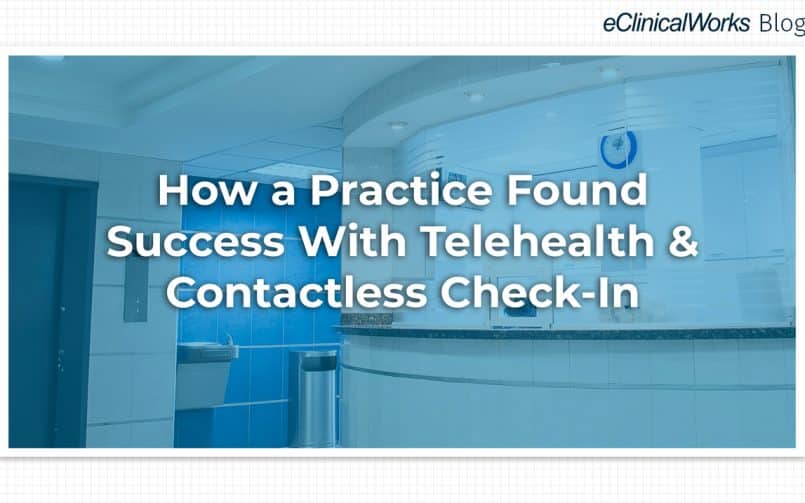
- 10 December 2020
- Blog
How a Practice Found Success With Telehealth & Contactless Check-In
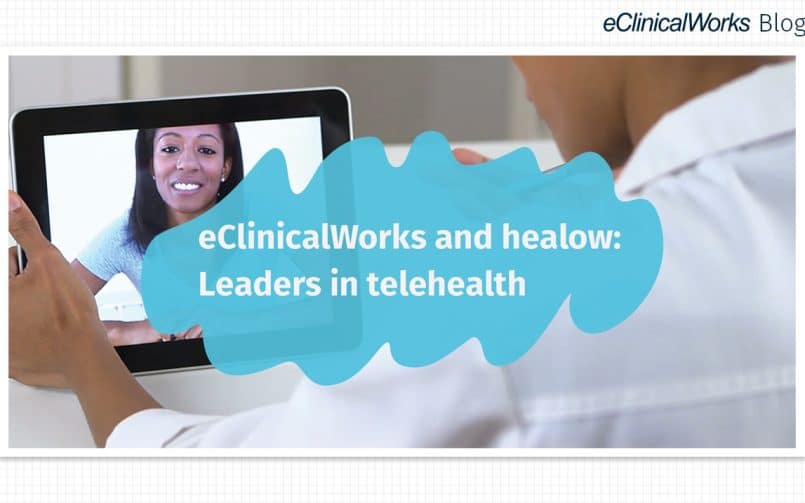
- 24 November 2020
- Blog
The Continuing Influence of Telehealth

- 19 November 2020
- Blog
Meeting the Demand for Behavioral Health Services
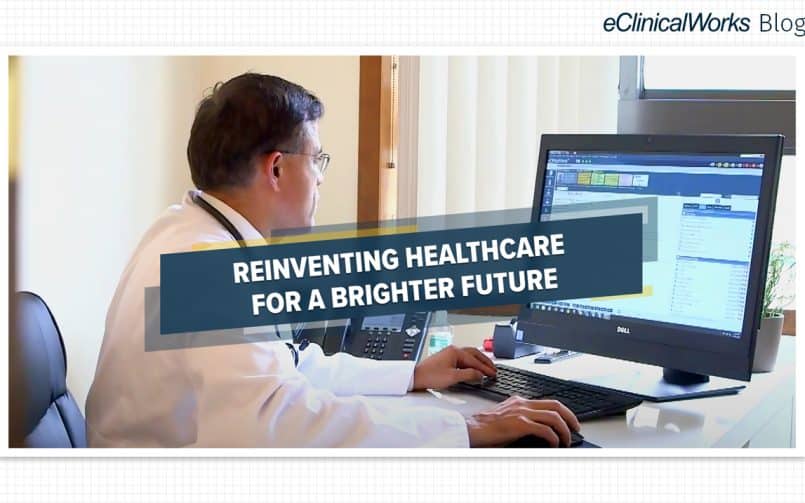
- 12 November 2020
- Blog
Reinventing Healthcare for a Brighter Future

- 11 November 2020
- Blog
Show Me the Money Methods!
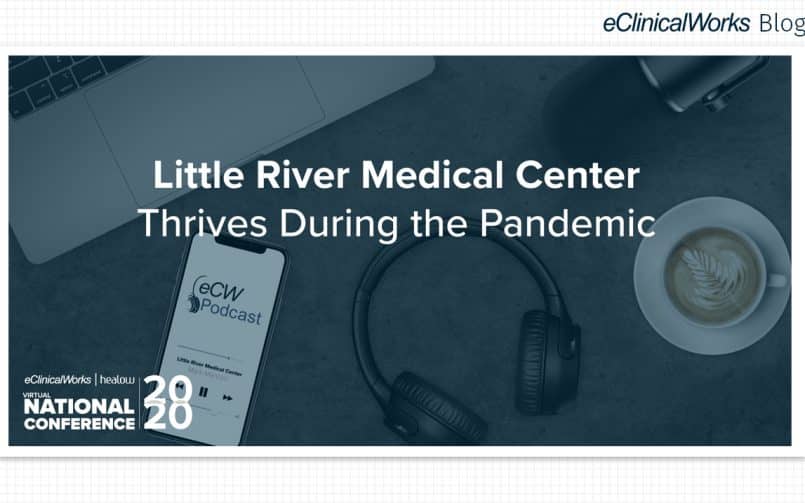
- 6 November 2020
- Blog
How Little River Medical Center Thrived During the Pandemic
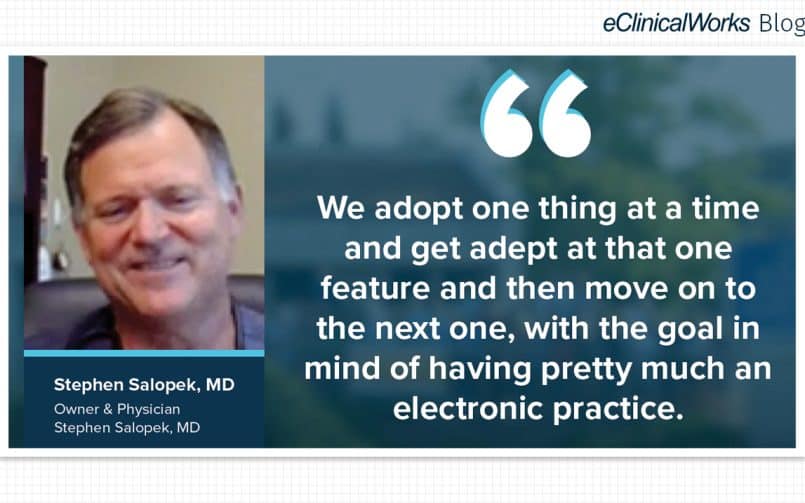
- 19 October 2020
- Blog
How Telehealth, CCM, and Contactless Check-In Revitalized a Practice in Need
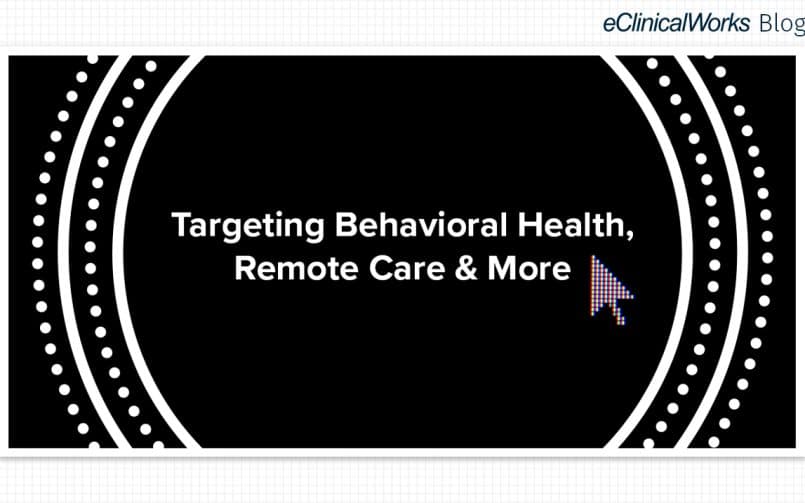
- 15 October 2020
- Blog
Targeting Behavioral Health, Remote Care & More
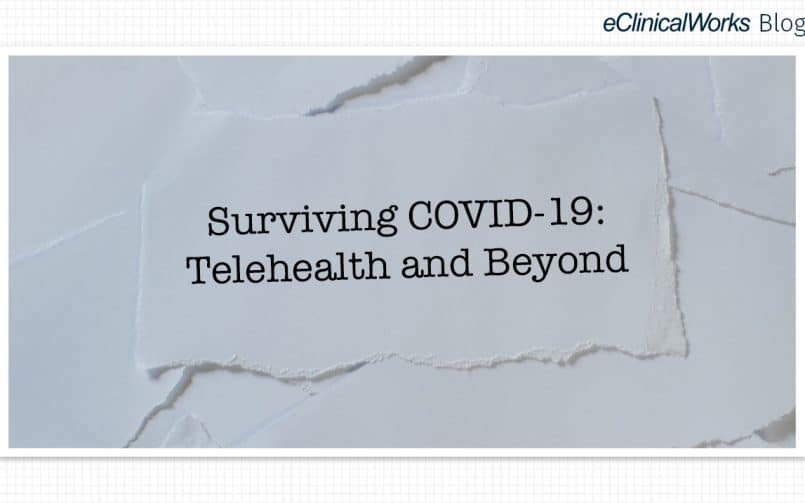
- 30 September 2020
- Blog
Surviving COVID-19: Telehealth and Beyond
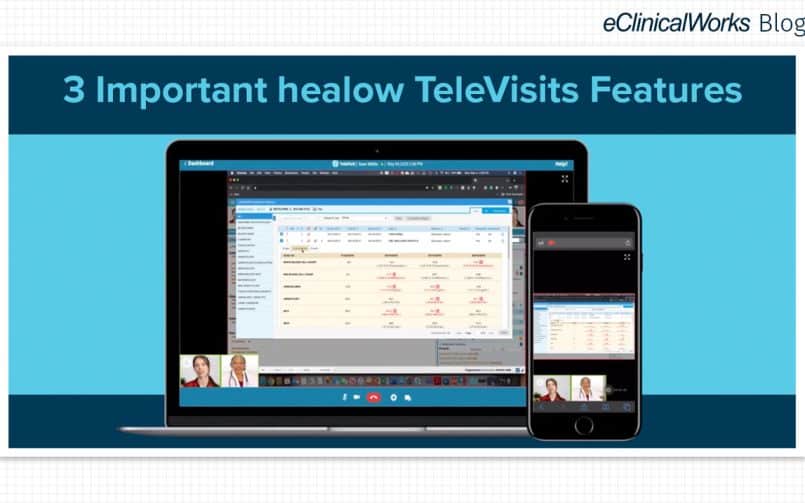
- 21 September 2020
- Blog
3 Important healow TeleVisits Features

- 9 September 2020
- Blog
It’s Your Practice — Dream Big!
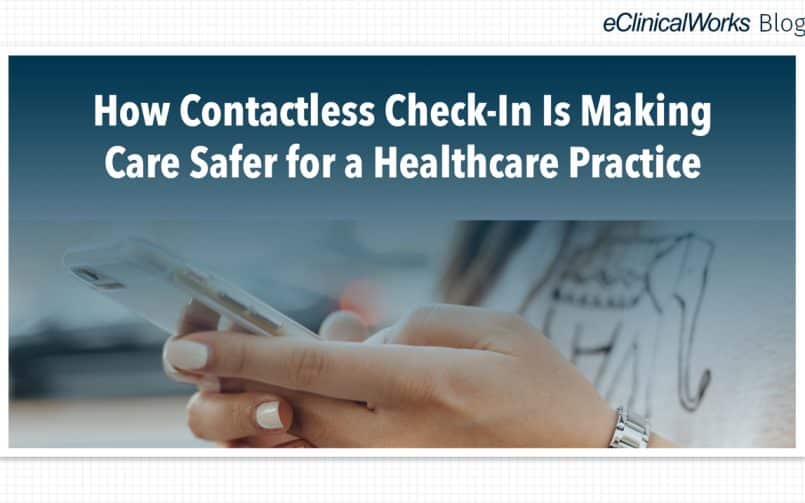
- 3 September 2020
- Blog
How Contactless Check-In Is Making Care Safer for a Healthcare Practice

- 1 September 2020
- Blog
Back to the Basics During the COVID-19 Era
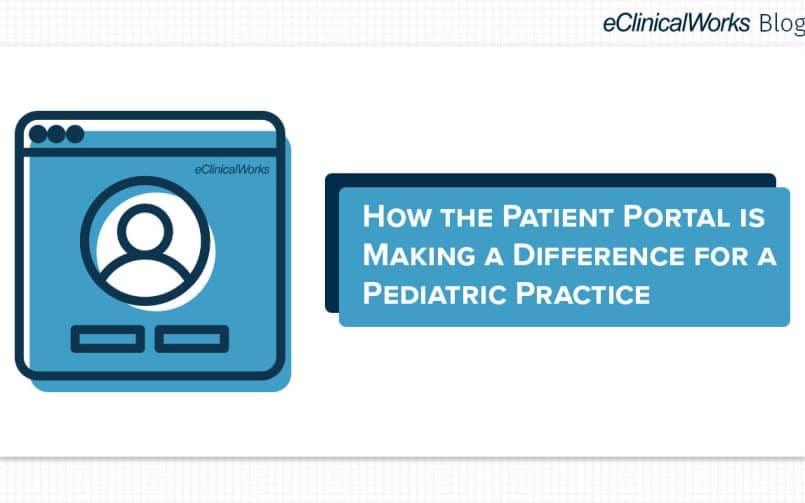
- 28 August 2020
- Blog
How the Patient Portal Is Making a Difference for a Pediatric Practice
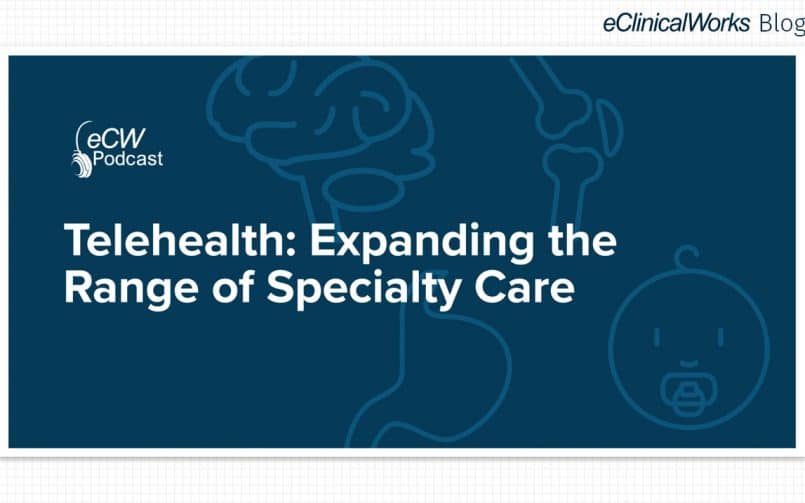
- 24 July 2020
- Blog
Pushing Boundaries, Reaching New Horizons
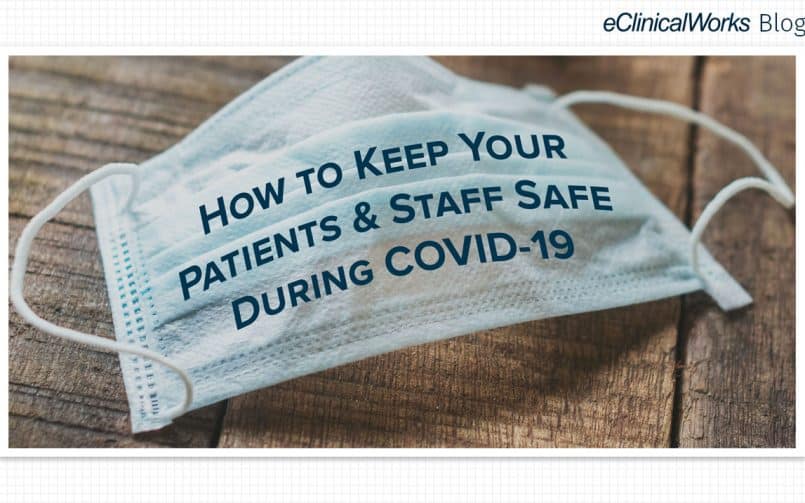
- 17 July 2020
- Blog
How to Keep Your Patients & Staff Safe During COVID-19
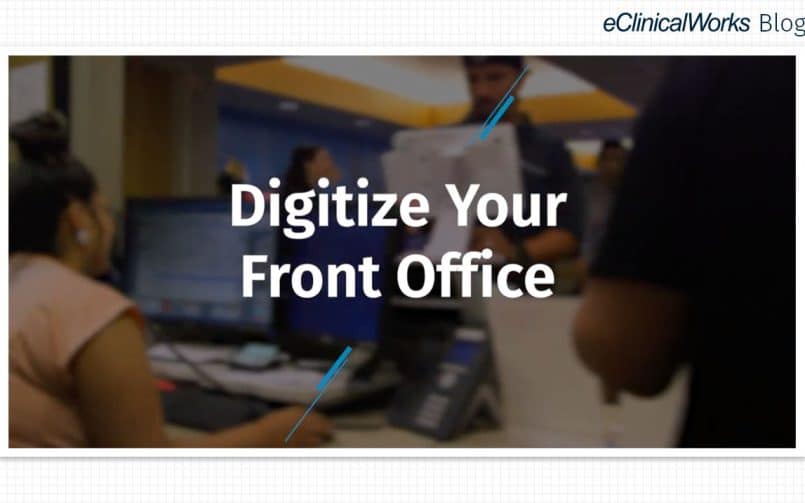
- 1 July 2020
- Blog
How to Digitize Your Front Office
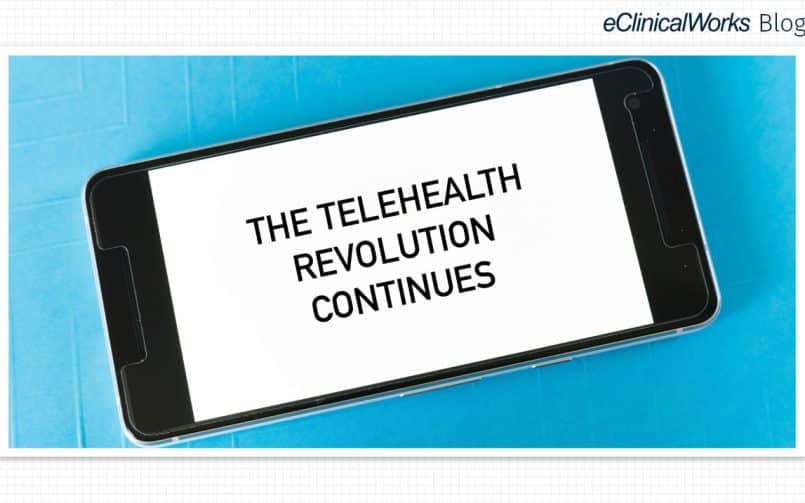
- 29 June 2020
- Blog
The Telehealth Revolution Continues
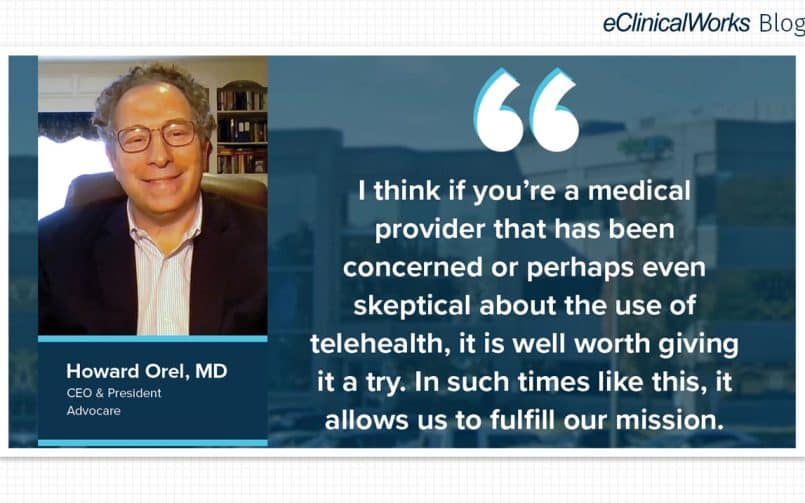
- 24 June 2020
- Blog
How Advocare Put healow TeleVisits™ to Work
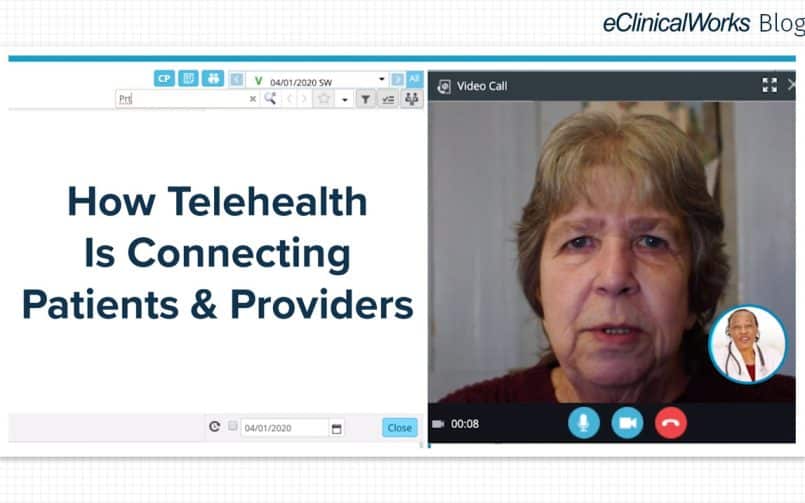
- 17 June 2020
- Blog
How Telehealth Is Connecting Patients & Providers
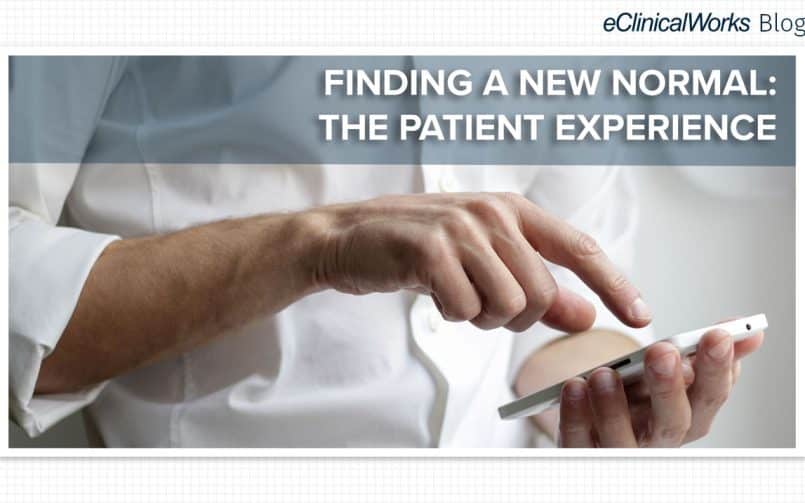
- 12 June 2020
- Blog
Finding a New Normal: The Patient Experience
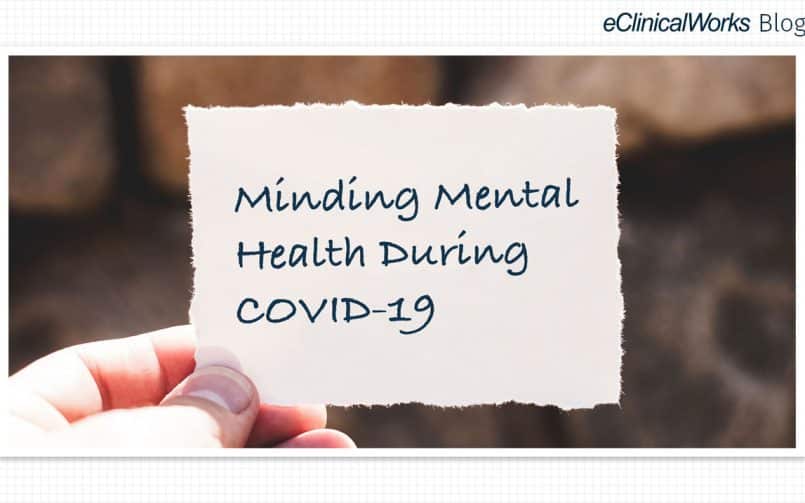
- 10 June 2020
- Blog
Minding Mental Health During COVID-19
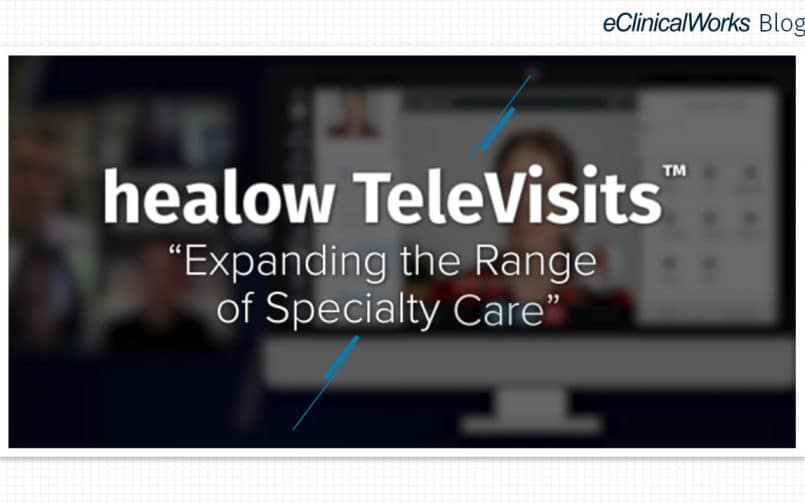
- 3 June 2020
- Blog
Expanding the Range of Specialty Care
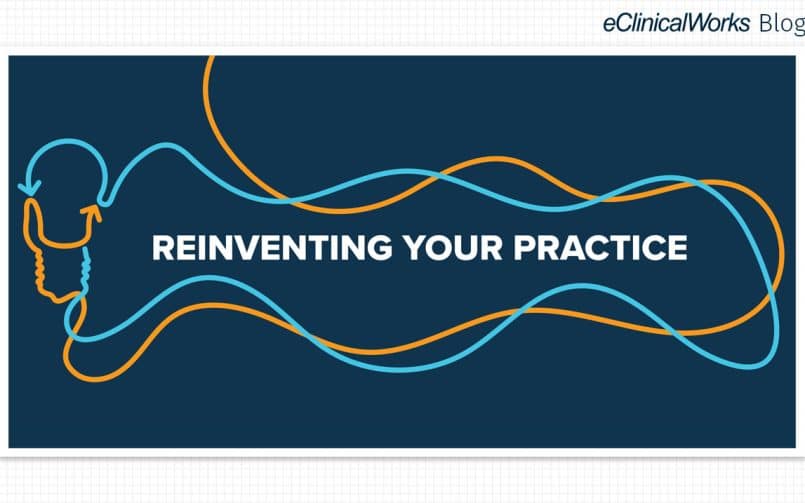
- 1 June 2020
- Blog
Reinventing Your Practice
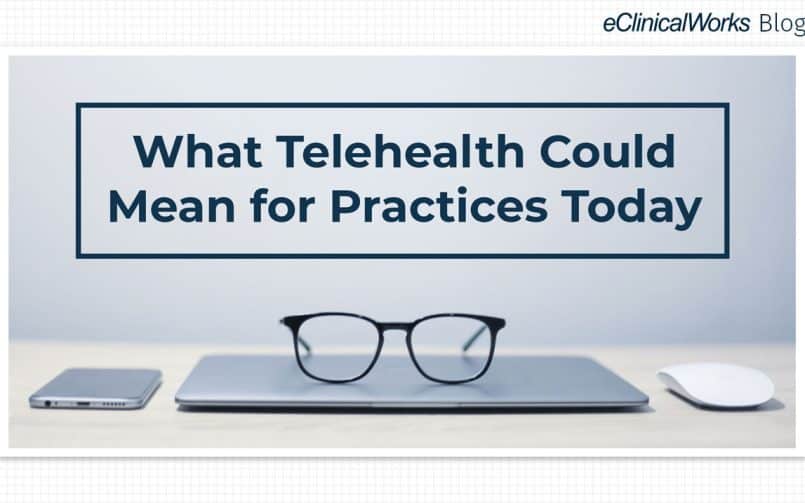
- 29 May 2020
- Blog
What Telehealth Could Mean for Practices Today

- 27 May 2020
- Blog
Resourceful Action During Extreme Times
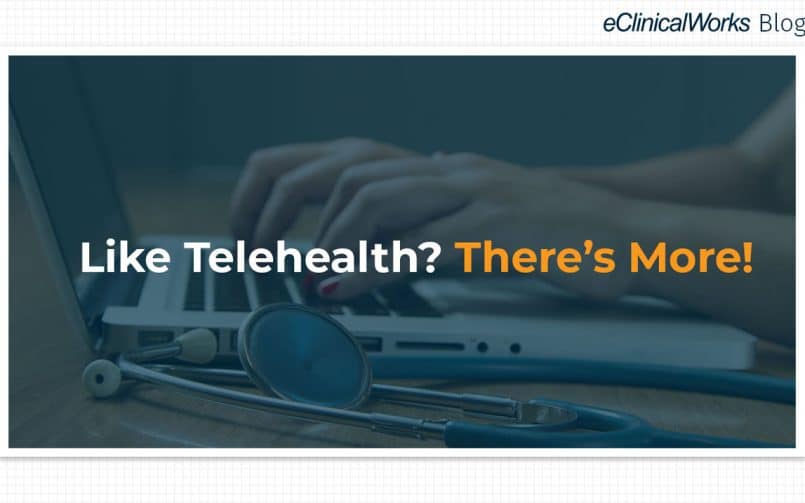
- 21 May 2020
- Blog
Like Telehealth? There’s More!
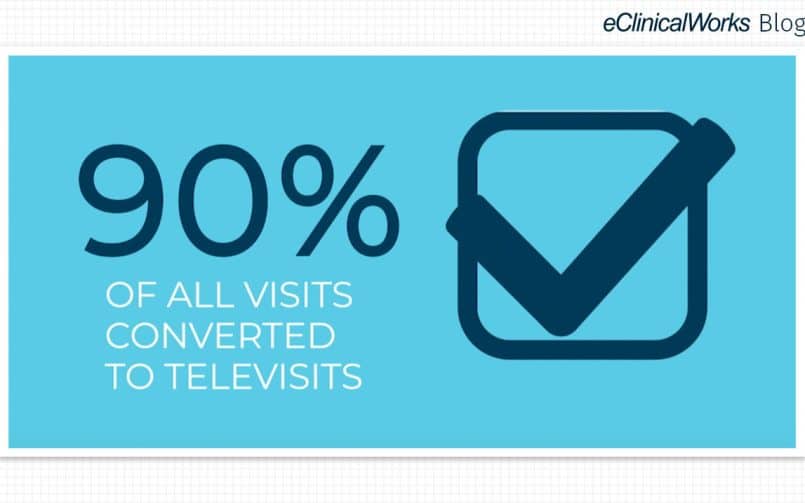
- 19 May 2020
- Blog
The Numbers Behind TeleVisits

- 16 May 2020
- Blog
What Telehealth Can Do for Specialty Practices

- 13 May 2020
- Blog
Routine Care During Nonroutine Times

- 12 May 2020
- Blog
How Telehealth Will Make The 21st Century Ours

- 8 May 2020
- Blog
Seeing Medicine in a New Light

- 7 May 2020
- Blog
Telehealth: Healing Action at a Distance
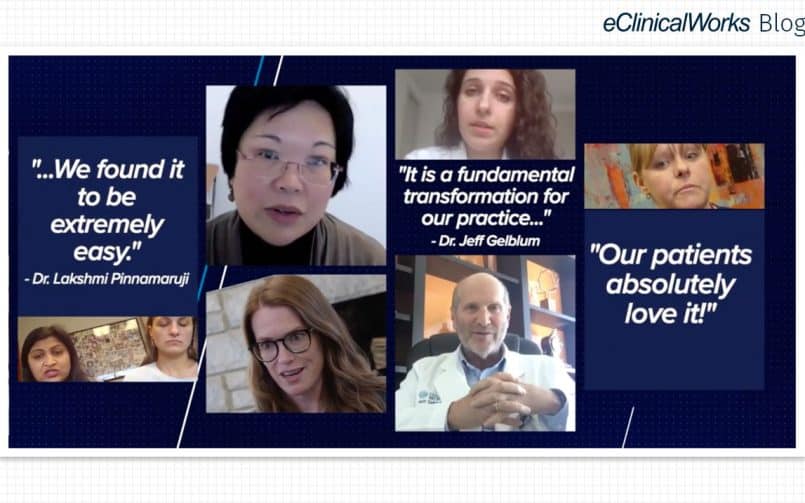
- 5 May 2020
- Blog
3 Patient Stories of TeleVisits in Action

- 1 May 2020
- Blog
Sustaining Medical Practice During COVID-19
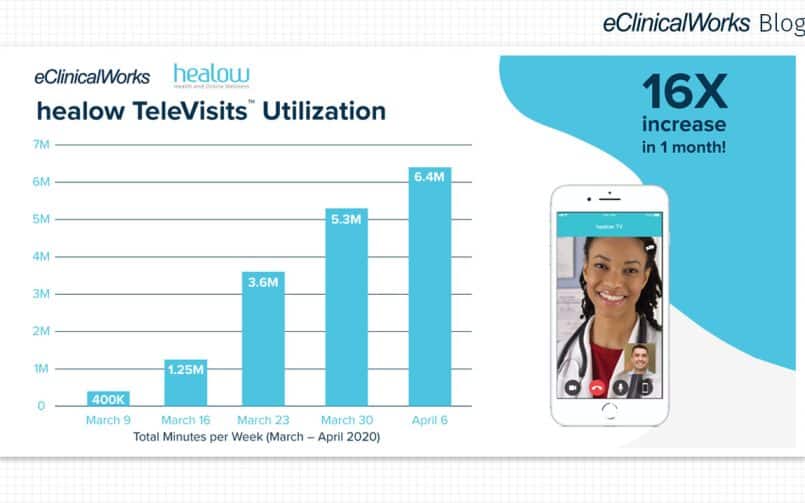
- 29 April 2020
- Blog
The Evolution and Importance of Telehealth
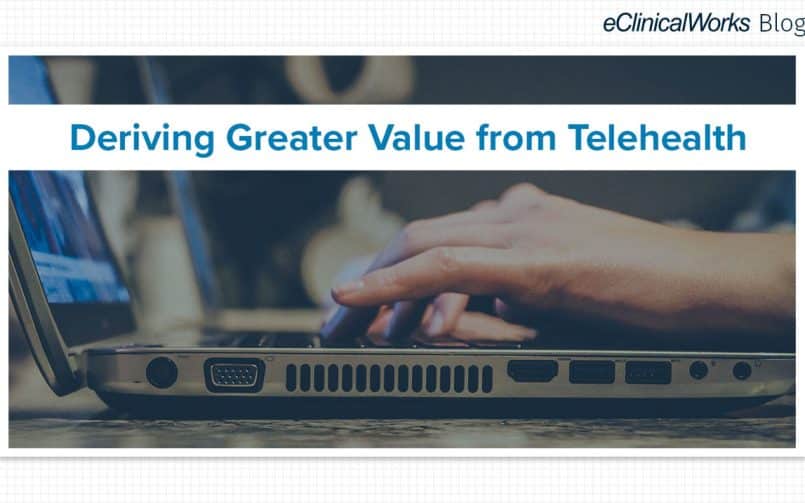
- 27 April 2020
- Blog
Deriving Greater Value from Telehealth
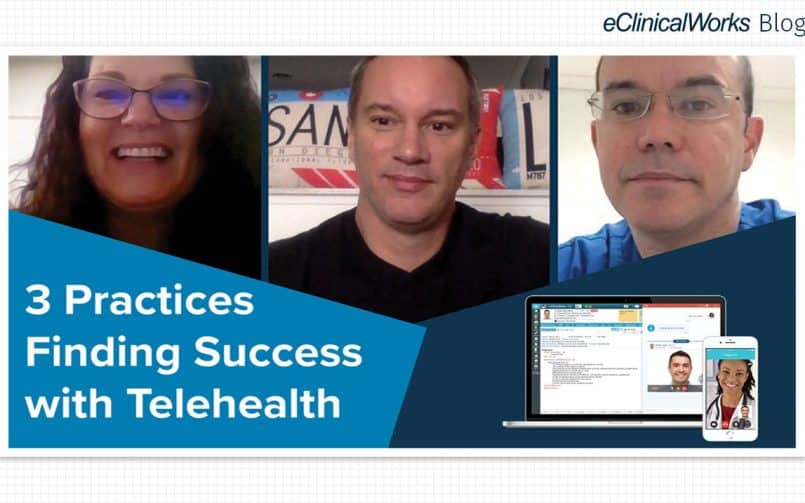
- 24 April 2020
- Blog
3 Practices Finding Success With Telehealth

- 22 April 2020
- Blog
How Innovation Fueled the Rise of Telehealth
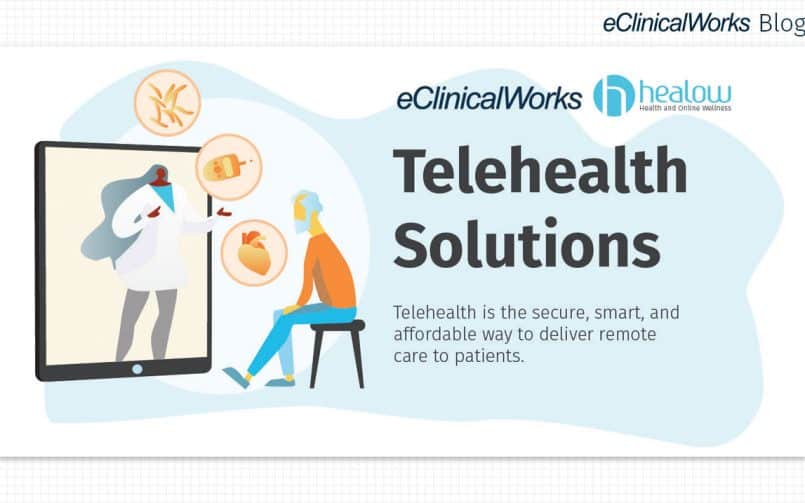
- 20 April 2020
- Blog
Why You Should Activate Telehealth Today
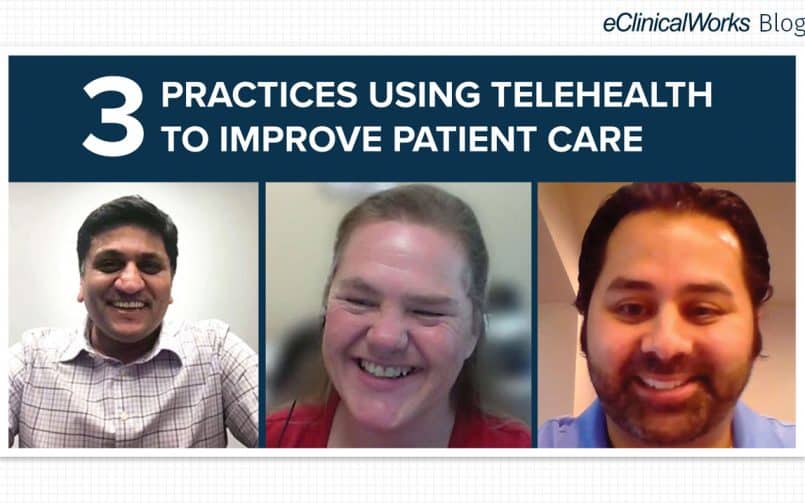
- 17 April 2020
- Blog
3 Practices Using Telehealth to Improve Patient Care

- 15 April 2020
- Blog
Shift in the Medical Mindset
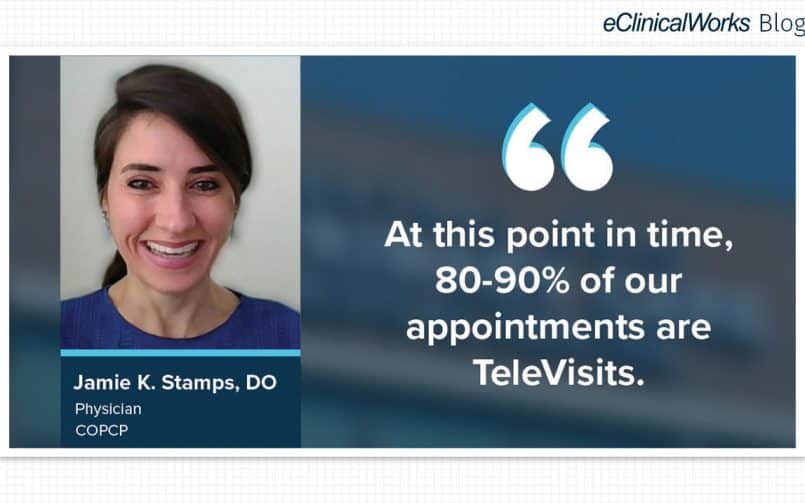
- 13 April 2020
- Blog
How Telehealth Kept a Patient Out of the ER

- 10 April 2020
- Blog
Speeding Toward a New Healthcare Paradigm
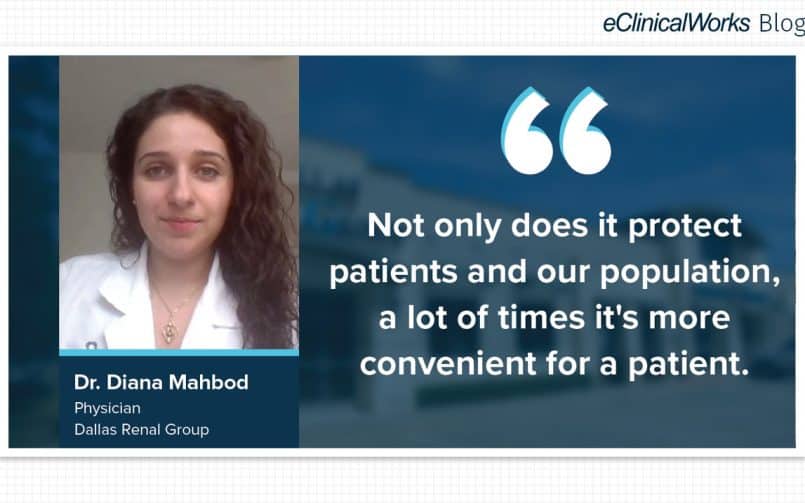
- 9 April 2020
- Blog
How Dallas Renal Group is Providing Care While Social Distancing
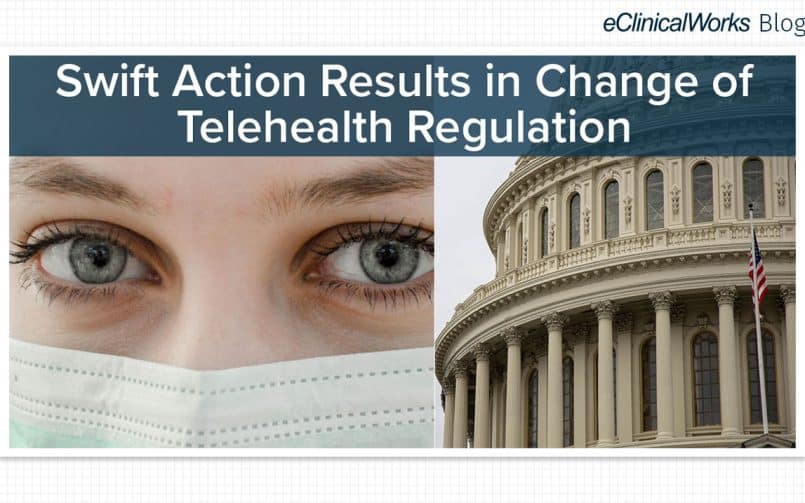
- 8 April 2020
- Blog
Swift Action Results in Change of Telehealth Regulations
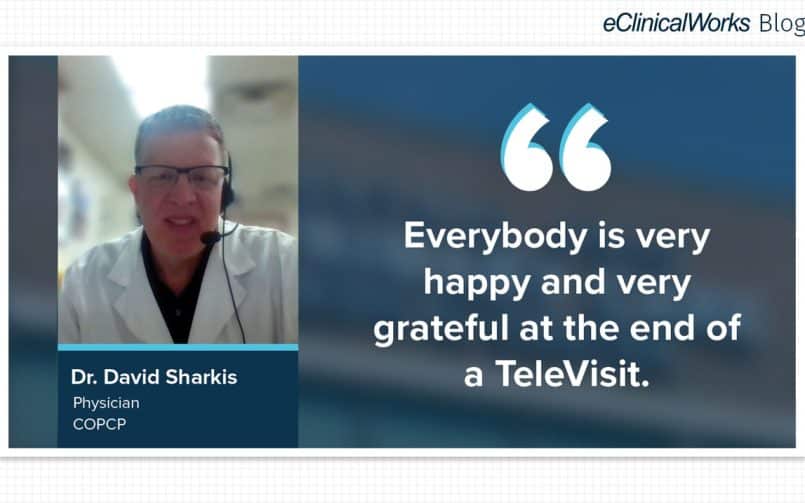
- 7 April 2020
- Blog
How Central Ohio Primary Care Physicians is Reducing ER Visits

- 6 April 2020
- Blog
Securing Access to Care During a Pandemic
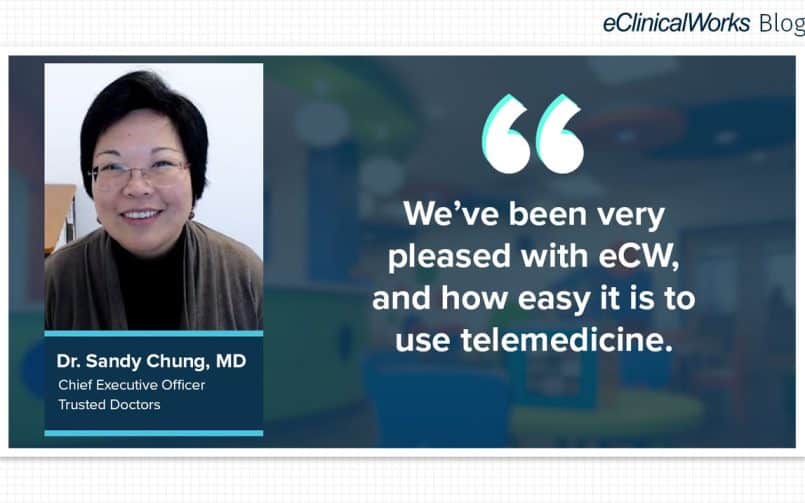
- 3 April 2020
- Blog
How Telehealth is Keeping Patients Safe at Trusted Doctors

- 2 April 2020
- Blog
Flattening the Curve With Telehealth
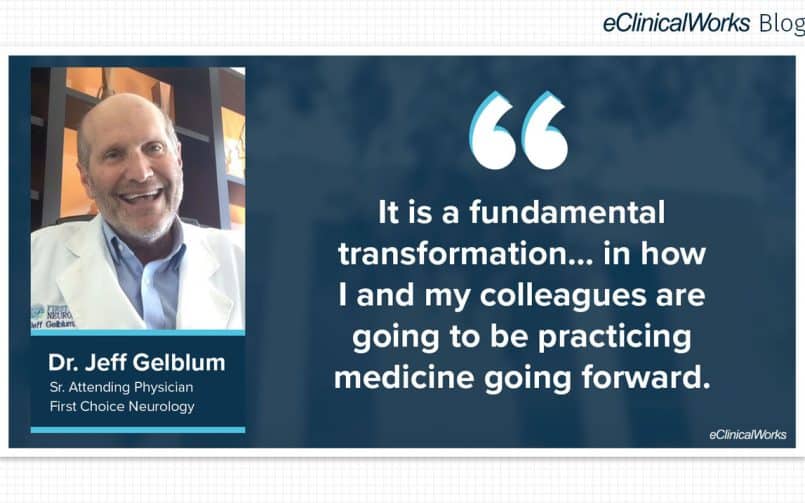
- 1 April 2020
- Blog
How First Choice Neurology Transformed Their Practice With Telehealth

- 31 March 2020
- Blog
Telehealth and Mental Health in a Time of Crisis
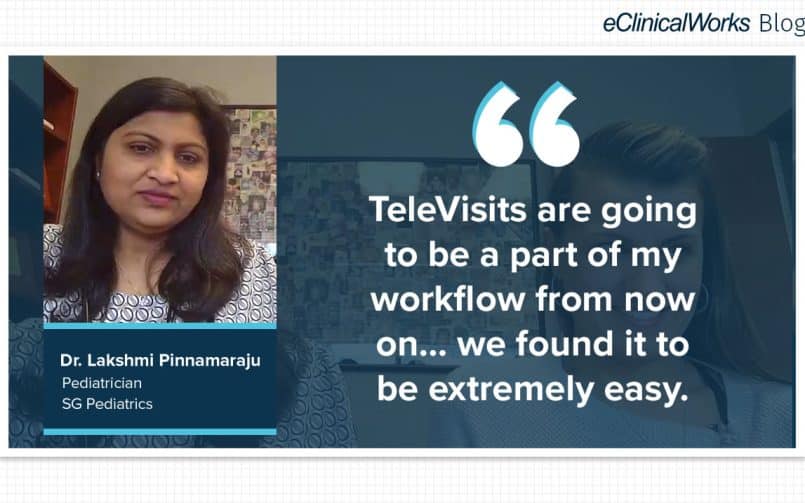
- 27 March 2020
- Blog
How SG Pediatrics are Using TeleVisits to Help Patients
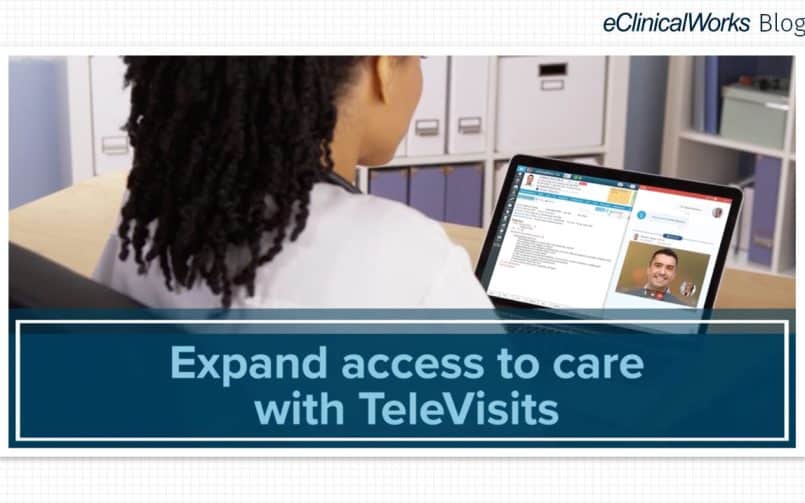
- 26 March 2020
- Blog
The eClinicalWorks Telehealth Advantage
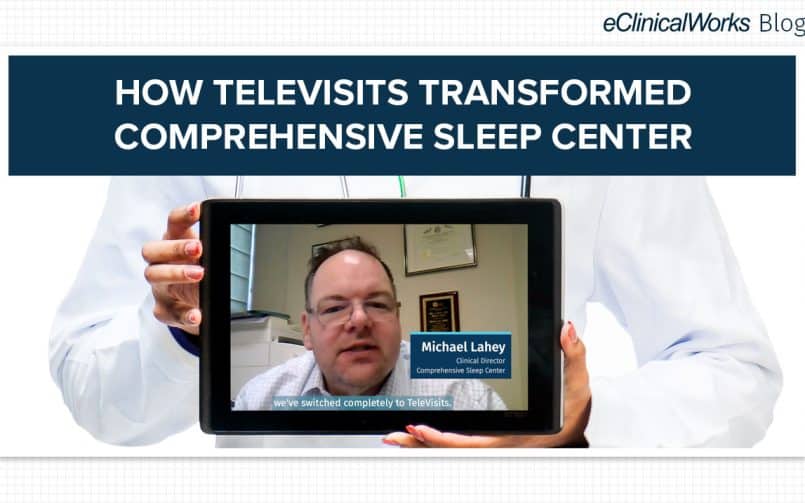
- 25 March 2020
- Blog
How Televisits Have Transformed Comprehensive Sleep Center
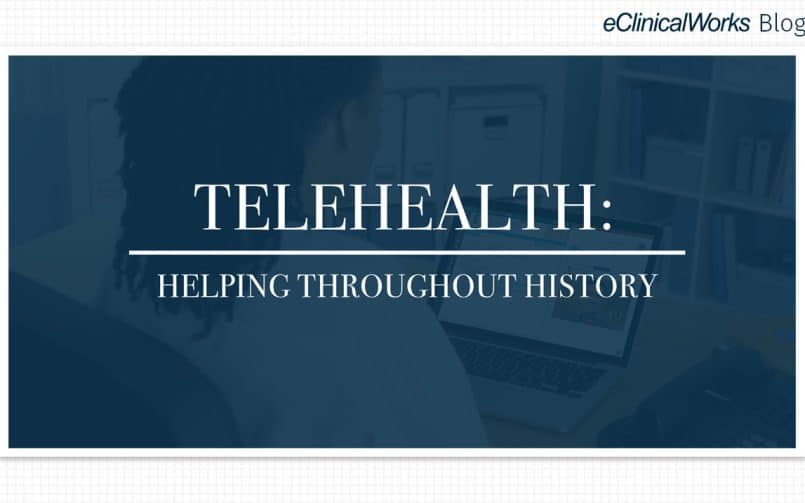
- 24 March 2020
- Blog
Telehealth: Helping Throughout History
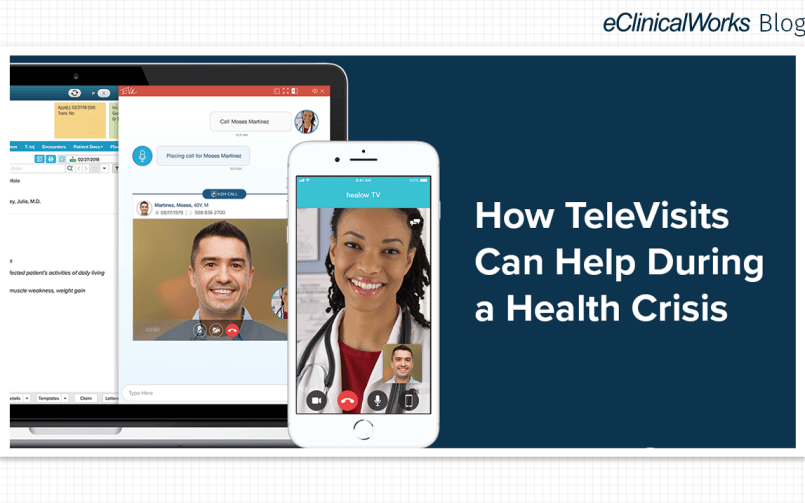
- 23 March 2020
- Blog
How healow TeleVisits Can Help During a Health Crisis
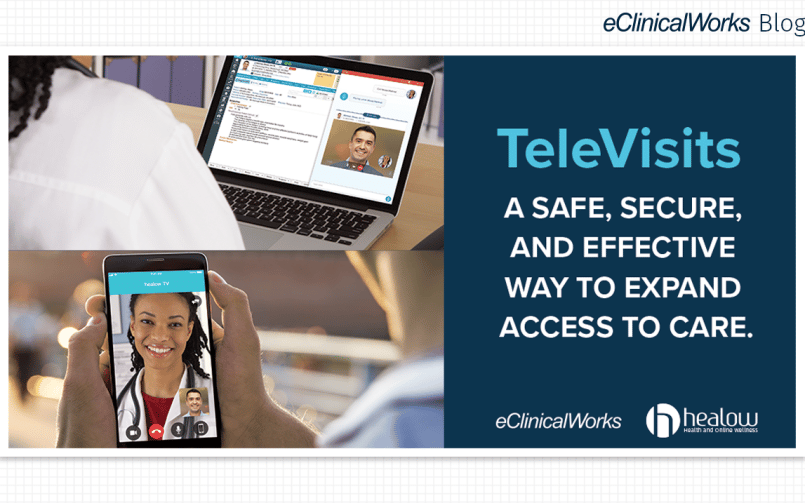
- 20 March 2020
- Blog
healow TeleVisits: How Fast Deployment Helps
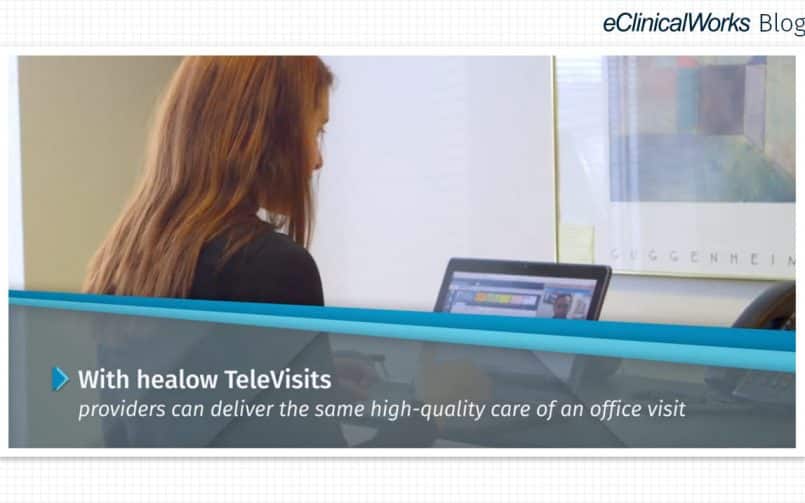
- 11 March 2020
- Blog
Expanding Access to Care With healow TeleVisits

- 8 January 2020
- Blog
The State of Telehealth in 2020
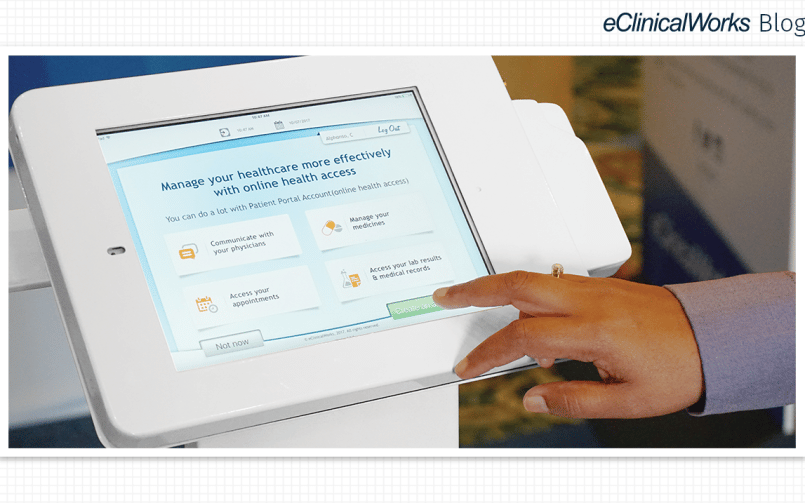
- 14 August 2019
- Blog
Patient-Centered Care: How the Approach Can Improve Healthcare

- 5 June 2019
- Blog
3 Ways That Telehealth Is Improving Healthcare
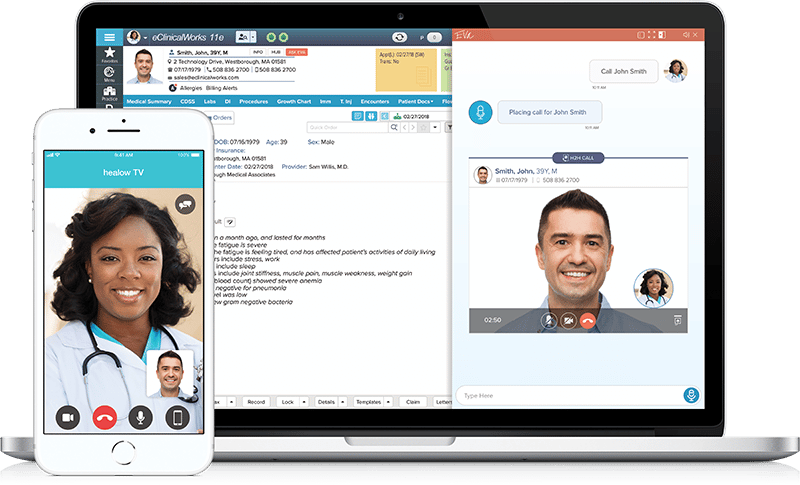
- 9 January 2019
- Blog
Telehealth – Rural Health Center
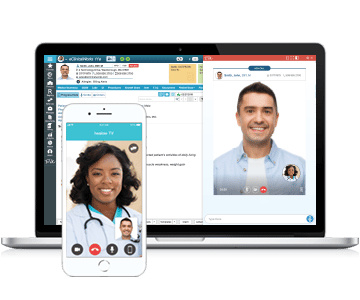
- 1 November 2018
- Blog
Three Ways Telemedicine Improves Care for Providers and Patients

- 6 October 2018
- Blog
Making Connections on Saturday

- 30 May 2018
- Blog
ADHD and Telemedicine: A Natural Fit
- 20 March 2015
- Blog
The Next Phase of Innovation in Healthcare
- 20 March 2015
- Blog
The Playbook for Patient Engagement
Recent Posts
-
Navigating Complex Healthcare Operations: eClinicalWorks RCM Consulting Services
-
eClinicalWorks – A Complete EHR Solution
-
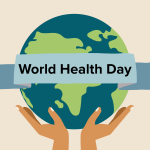
World Health Day: Prioritizing Emotional Wellbeing with Therapy AI Scribe
-

Celebrating National Doctors' Day 2025: Honoring Our Healthcare Heroes






